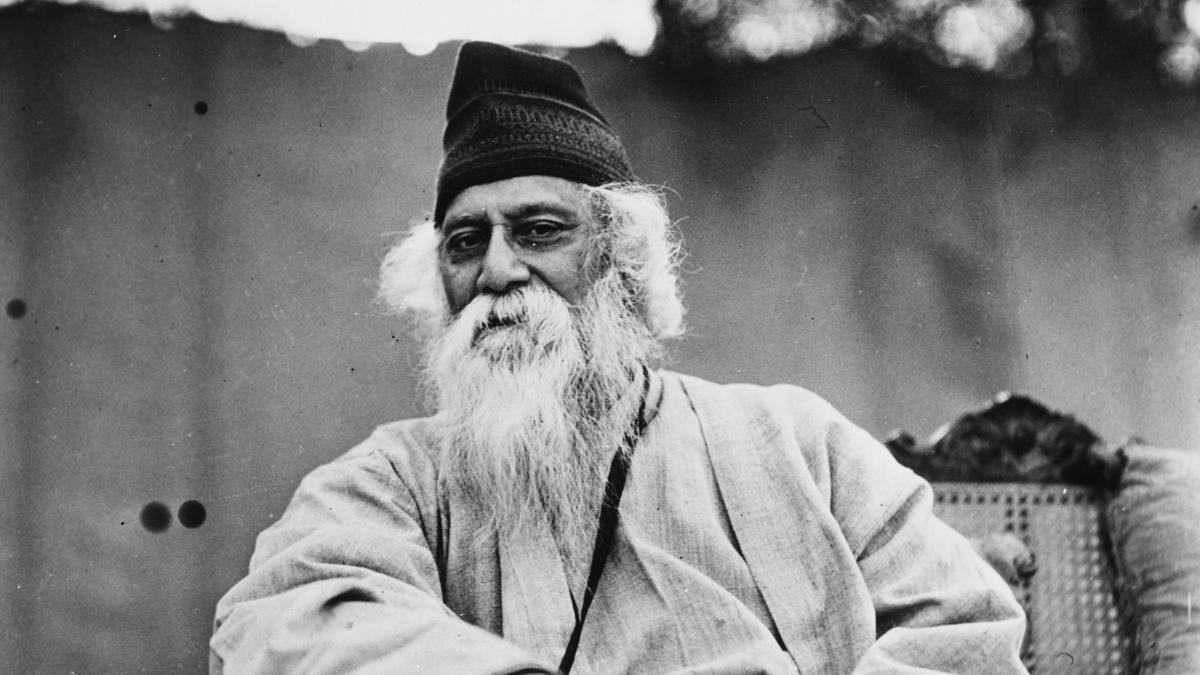
Environmentalism isn’t just an idea; it’s also a verb. In his latest book, Speaking With Nature , historian Ramachandra Guha draws portraits of ten people who he credits with laying the foundation of environmentalism in India. One would expect a list of tribal leaders, hunters-turned-conservationists, (‘repentant butchers’ as the author remarks in one section of the book), those who have spearheaded environmental movements, or professional conservationists and administrators.
Guha though presents us with an unexpected selection of people — writer Rabindranath Tagore, sociologist Radhakamal Mukherjee, Hindutva thinker K.M. Munshi, the naturalist M.
Krishnan, Gandhi follower Mira Behn, anthropologist Verrier Elwin and more. Links with social thought Guha continues the questions he has asked in previous writings, in that he descries ‘full-stomach environmentalism’ — the Western idea that environmental consciousness can only come out of prosperity (suggesting that Indian thought cannot be environmental). The people he picks in this book, eight men and two women from all over the world, linked nature to broader social and political thought with reference to India.
Another thing they had in common is that they wrote about their ideas, and were scholars. Refreshingly, the book leans on a variety of sources to piece together the ideas Guha puts forward. Readers may remember Jairam Ramesh’s tome on Indira Gandhi as an environmentalist ( A Life in Nature ); this book too uses letters, talks and papers as sources.
Mira Behn | Photo Credit: Getty Images I read with great interest the chapter on Mira Behn, the sole woman in this book (the other lady is one-half of a married couple who advocated for ecological agriculture, Albert and Gabrielle Howard). Mira’s writings are especially interesting for two reasons. One is their relevance even today — one of her concerns was on the intrusion of pine trees in Himalayan oak forests, a problem which still persists (and is exacerbated by human-induced disturbance and fire); another was the disappearance of the Haldu tree, which still doesn’t get the ecological importance it deserves.
The other is her enquiry into an unthinking forest department. In many passages, the book is not just an appraisal of the problems of India a century ago, but becomes a reflection of issues we face today. Guha writes of Tagore describing cities as parasites, of anthropologist Elwin describing the Gond understanding of nature as both beautiful and savage, which is increasingly true under climate change.
M. Krishnan | Photo Credit: The Hindu archives On Tagore and Mukherjee, Guha recalls their fondness for a tree with “coils”, the banyan tree. Guha writes that Krishnan does not like Indian animals being called Western epithets (for example, the Gaur is wrongly known as the bison).
Playfully though, Guha calls Krishnan India’s John Muir. Krishnan was a naturalist who wrote about all animals, whether big, small, endangered or common; and like Muir he too advocated for a view of untrammelled nature, Guha argues. Skilful framing In its skilful framing of environmentalism not as an abstract or aesthetic concept but as something deeply linked to economics, agriculture and other fields of public interest, the book might be seen as a prophecy waiting to be fulfilled.
We still require a much more ecological path to development, not crumbs off the table of industrial growth. Guha’s skill is his deep questioning and questing into a wide variety of sources for creating richly detailed accounts which might be described as interdisciplinary; this is a book that is likely to surprise you. As a conservation biologist, I would be interested to read Guha’s writing on present environmental ferment on the non-human.
Such as the burgeoning Rights of Nature movement; and on the tree he refers to so many times — a political and environmental history of the banyan. Speaking With Nature ; Ramachandra Guha, Fourth Estate, ₹799. The reviewer is a conservation biologist and author of Wild and Wilful: Tales of 15 Iconic Indian Species .
She tweets at nehaa_sinha Published - November 15, 2024 09:02 am IST Copy link Email Facebook Twitter Telegram LinkedIn WhatsApp Reddit The Hindu Sunday Magazine / Literary Review / Environmental disasters / environmental pollution / environmental politics / environmental cleanup / environmental issues / habitat (conservation) / economics (conservation) / conservation / nature / water (natural resource) / natural resources / natural science / nature and wildlife / natural resources (general) / natural gas / natural disasters / wildlife / wildlife / India / India / people / society / social issues (general) / social issue / animal / plant / anthropology / botany / zoology (education) / forests / energy saving.














